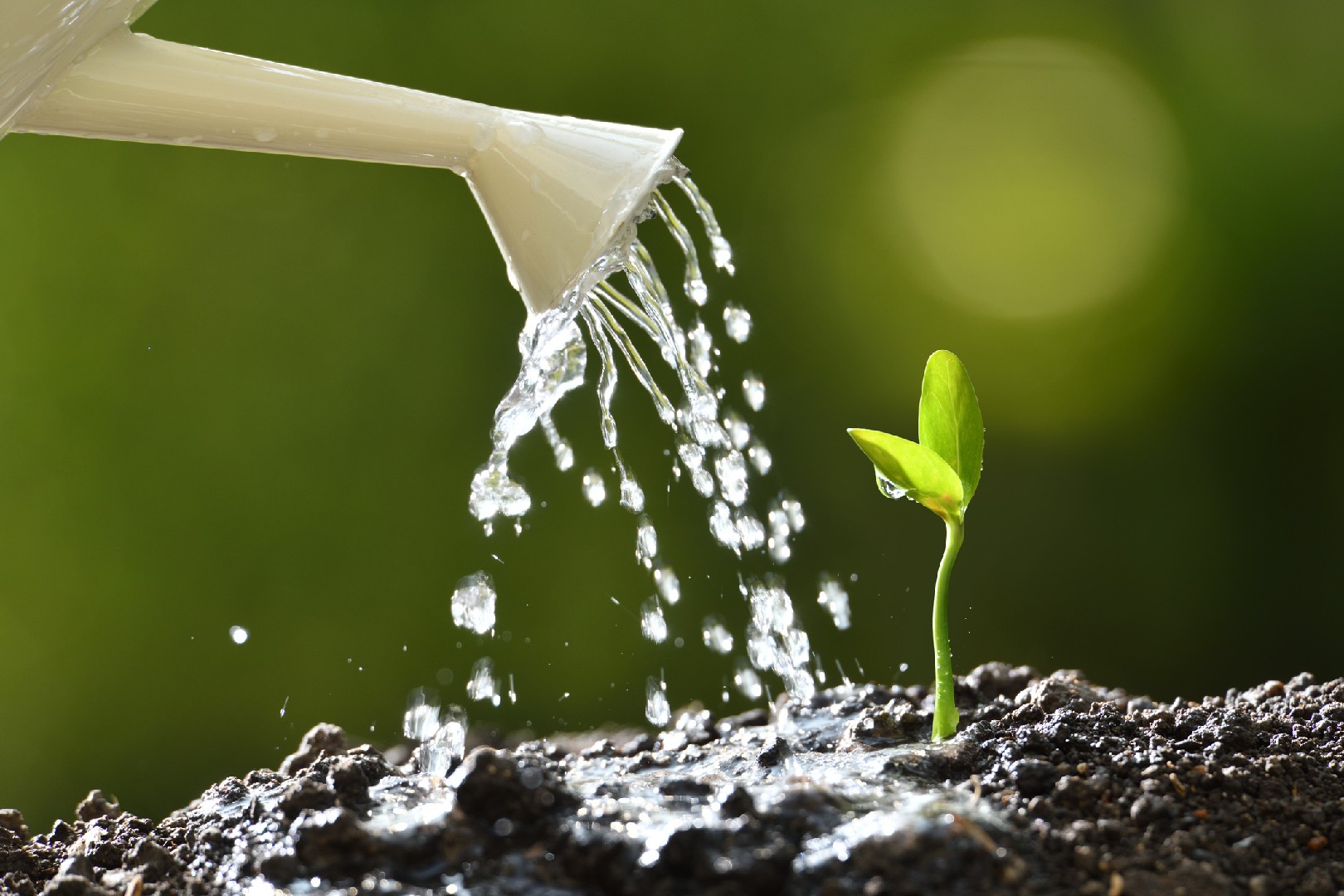![Rectangle]()
Understanding the Air Layering Technique
Air layering is a fascinating and effective technique for propagating plants. It involves creating a new root system for a branch while it is still attached to the parent plant. This method is particularly useful for plants that are difficult to propagate using other methods such as cuttings or seeds. By understanding the air layering technique, you can unlock a whole new world of plant propagation possibilities.
To perform air layering, you will need a few basic tools and materials. First, you will need a sharp knife or pruners to make a clean cut on the branch you want to propagate. It's important to make a clean and smooth cut to ensure the best chances of success.
Next, you will need a rooting hormone. This hormone helps stimulate root growth and increases the chances of the air layering being successful. You can find rooting hormones at most garden centers or online.
After applying the rooting hormone, you will need to wrap the area with a moist, sterile medium. This can be sphagnum moss, peat moss, or even a mixture of soil and perlite. The moist medium helps create the ideal environment for root development.
Once the area is wrapped in the moist medium, you can cover it with plastic wrap or a plastic bag to create a mini greenhouse effect. This helps retain moisture and warmth, which are crucial for successful root development.
It's important to check the progress of the air layering regularly. You can gently squeeze the moss or medium to check for root development. If the area feels firm, it's a sign that roots have formed and the air layering is successful.
After the roots have developed, you can carefully remove the air layer from the parent plant. Make sure to gently remove any excess moss or medium, being careful not to damage the fragile roots.
Once the air layer is removed, you can plant it in a pot with well-draining soil. Keep the newly propagated plant in a warm and humid environment until it establishes itself. Regular watering and proper care will help the plant thrive.
Air layering has proven to be a highly effective method of propagation for many plant species. It offers several advantages over other methods. Unlike cuttings, which often require a specific time of year and can be challenging to root, air layering can be done at any time of year, making it a versatile technique. Additionally, air layering allows you to produce a new plant that is an exact clone of the parent plant, ensuring desirable traits are preserved.
In conclusion, air layering is a unique and effective technique for propagating plants. It offers a practical and efficient way to create new plants with desirable characteristics. By understanding the air layering technique and following the proper steps, you can expand your plant collection and enjoy the satisfaction of successfully propagating your favorite plants.





